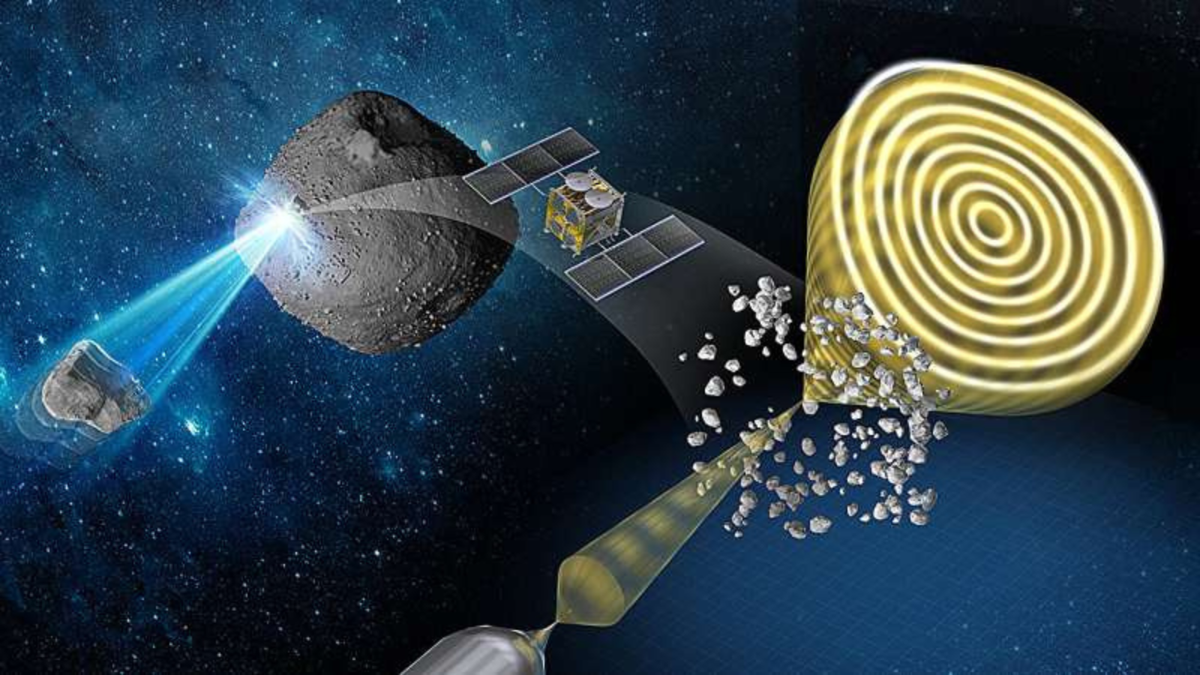 Reference: Found here
Reference: Found hereIn The News:
Coast to Coast AM: The Best Paranormal News Show | Coast to Coast AMFirst Half: Producer, director, and writer George Schlatter created such breakthrough series as Laugh-In and Real People. He'll discuss some of the backstories from television in the 1960s as well as his early nightclub days in Vegas, rubbing elbows with iconic mob figures and influential friendships with Judy Garland and Frank Sinatra.
Check out this excerpt for George Noory's Internet TV show, Beyond Belief. Try it free for seven days at beyondbelief.com and enjoy hours of fascinating past shows!

Samples collected from asteroid Ryugu appear to hide secrets of the solar system's past, the bombardment that asteroids presently endure as they drift between planets, and perhaps even the blueprints for future asteroid mining missions.
The effects of interplanetary space are evident in samples collected directly from asteroids, however. And this is something humanity has been looking into lately, with NASA's OSIRIS-REx mission, for instance, and of course Japan's Hayabusa2 spacecraft. The samples used by the team, led by Hokkaido University's Yuki Kimura, are associated with the latter.
The Hayabusa2 mission rendezvoused with Ryugu three and a half years after its launch in June 2014. Haybusa2 spent a year with the asteroid, which has a diameter of around 3,000 feet (900 meters), before dipping down and scooping a sample from its surface in June 2018. This Ryugu sample returned to Earth on Dec. 6, 2020, as Haybusa2 headed off to study other asteroids.
"The signatures of space weathering we have detected directly will give us a better understanding of some of the phenomena occurring in the solar system," Kimura explained.
One intriguing result Kimura and colleagues discovered in Hayabusa2's Ryugu samples was the presence of small mineral grains called framboids. These framboids were composed of iron oxide, yet appeared to have completely lost their usual magnetic properties. The team suggests that this resulted from micrometeoroids no wider than 0.002 centimeters bombarding Ryugu.
Furthermore, the Ryugu samples may not just be useful in determining conditions found in the solar system today. Because asteroids are formed from material around the sun leftover from the formation of the planets about 4.6 billion years ago, they contain a "fossil record" of conditions in the early solar system, too.
⁘ NASA's DART asteroid impact won't make Dimorphos hit Earth ⁘ but here's what would happen if it did
No comments:
Post a Comment